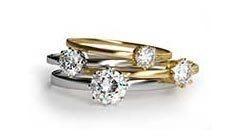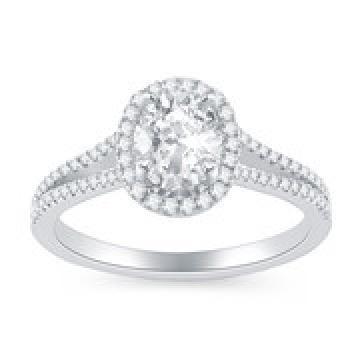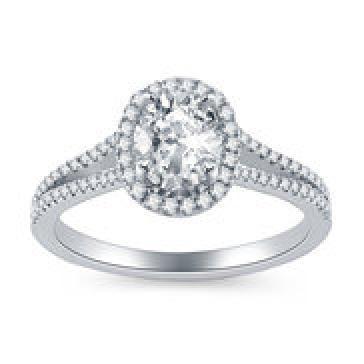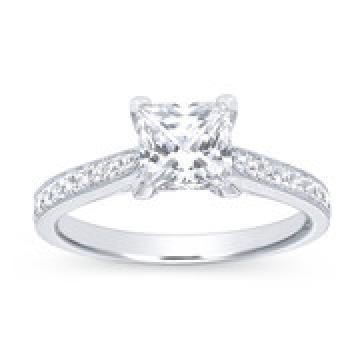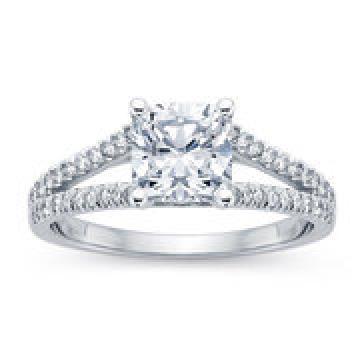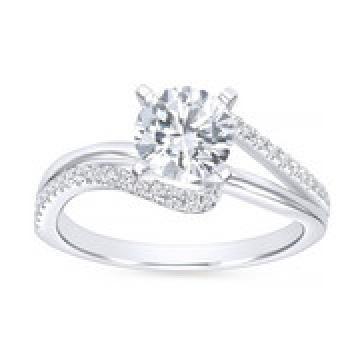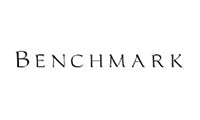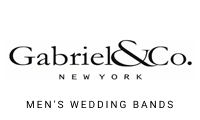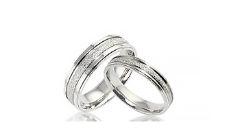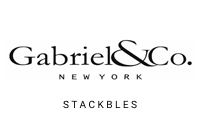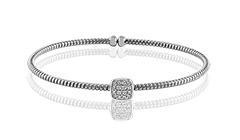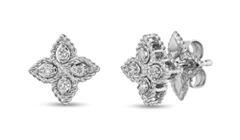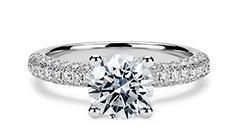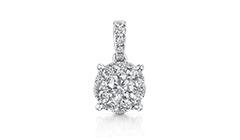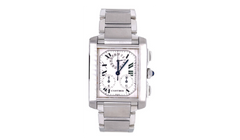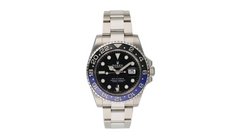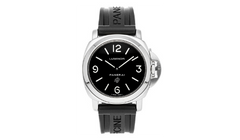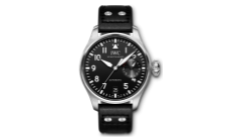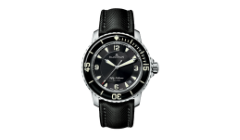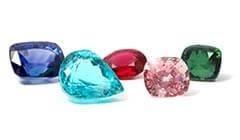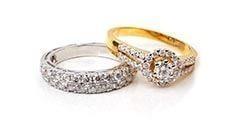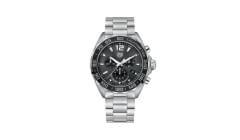Watch Education

The Movements
The part of the watch that makes the watch "move" or function. The movement of a watch can be compared to a car engine; without the engine, a car will not run. There are 4 types of movements: manual, automatic, quartz, and auto-quartz. Manual and automatic movements are mechanical, which means they are both made up of only mechanical parts like gears and springs. Quartz and auto-quartz have an electrical circuit and require a battery to run, but they may also have some mechanical parts.
Mechanical watches are far more expensive than battery-powered watches because they are much more labor intensive to build. Even though battery watches are inherently more accurate, almost all collectors and connoisseurs prefer manual or automatic as these movements represent the accumulation of almost 600 years of refinement, expertise, and craftsmanship
- Manual Movement: Often called hand-wound movement, the manual movement is the oldest type of watch movement being made; it dates back to the 16th century. Manual movement watches requires daily winding in order to work.
- Automatic Movement: Automatic, or self-winding, movement watches contain a mechanical movement first marketed in the beginning decades of the 20th century. While it is being worn on the wrist, it will wind itself, eliminating the need for daily hand winding.
- Quartz Movement: A quartz watch uses a battery for its source of power and does not need winding like a mechanical watch. This type of movement is the most accurate currently being produced.
- Auto-Quartz Movement: A combination of the automatic movement and the quartz movement. The winding of the crown or the spinning of the motor charges a capacitor that gives the watch power.
The Crystal
The crystal is the "glass" that protects the watch face from the elements; it acts as the cover on the front of the watch. The client cannot choose the type of crystal that comes on the watch or have a new type of crystal retrofitted onto the face. When it comes to watches, there are three types of crystals that are being used. Below is a description of each type:
- Synthetic Sapphire: Sapphire is known as the second hardest known element right after the diamond. This extremely scratch resistant crystal has exactly the same chemical composition of natural sapphire, but at a fraction of the price. However, this crystal can chip or shatter if impacted. If this occurs, microscopic particles of sapphire can get into the movement and act as an abrasive and can cause much damage. Being the most expensive type of crystal, sapphire can cost several hundred dollars to replace. The majority of watches imported from Switzerland have sapphire crystals. (Mohs' scale: Diamonds-10, Sapphire-9)
- Mineral: Crystals made of mineral are simply made of glass. These crystals have been used in watch-making for hundreds of years primarily because there was no alternative until the 20th century. Mineral crystals are relatively easy to scratch and the scratches cannot be buffed out. However, mineral crystals are inexpensive in comparison to sapphire crystals and can cost less than one hundred dollars to replace if damaged. (Moh's scale: Diamonds-10, Mineral-7)
- Acrylic: The most affordable type of crystal, but also the most prone to scratching and may crack if impacted. Minor scratches on acrylic can be buffed out and it can also be molded into elaborate shapes, while sapphire and mineral crystals cannot. Acrylic crystal is also a nice way of saying plastic.
Other Parts of the Timepiece
- Case: The case contains the watch's middle, bezel and back. The purpose is to protect and house the movement inside.
- Dial: The dial is the face of the watch. Examples include arabic, stick and roman numerals.
- Subdial: The sundial is a small dial that is set within the main dial that is used as a chronograph, seconds or date.
- Crown: The crown connects the internal parts of the watch through the case. It allows you to wind and set and set functions such as date and time.
- Bezel: The bezel is used to keep the crystal in place.
- Rotor: The rotor is used in automatically winding pieces. It turns freely as the user moves to wind the mainspring, which stores and transmits the energy needed to power the watch.
- Chronometer: A chronometer is a type of watch. According to Swiss law, it may not be called a chronometer until is has passed a series of tests and measurements for quality and precision.

